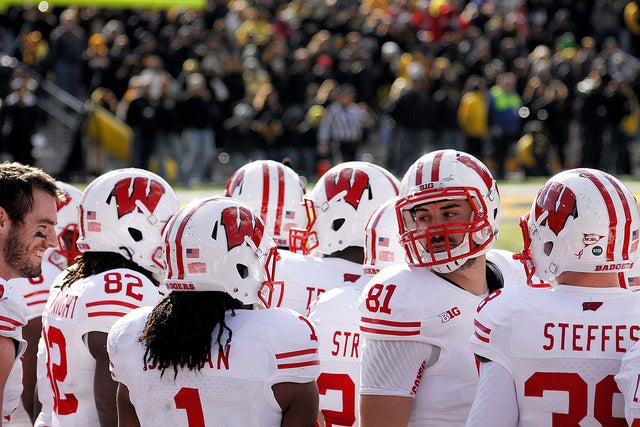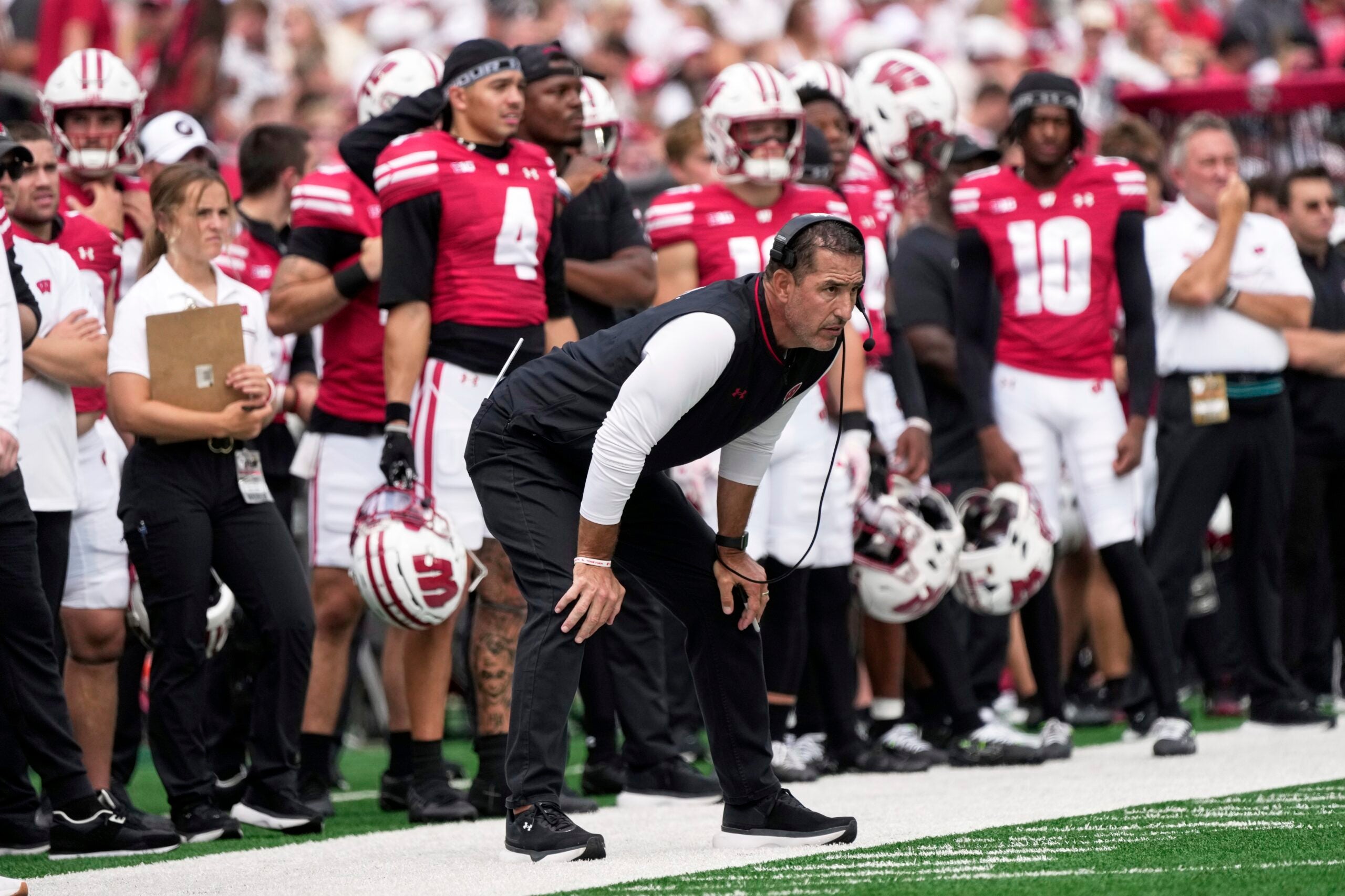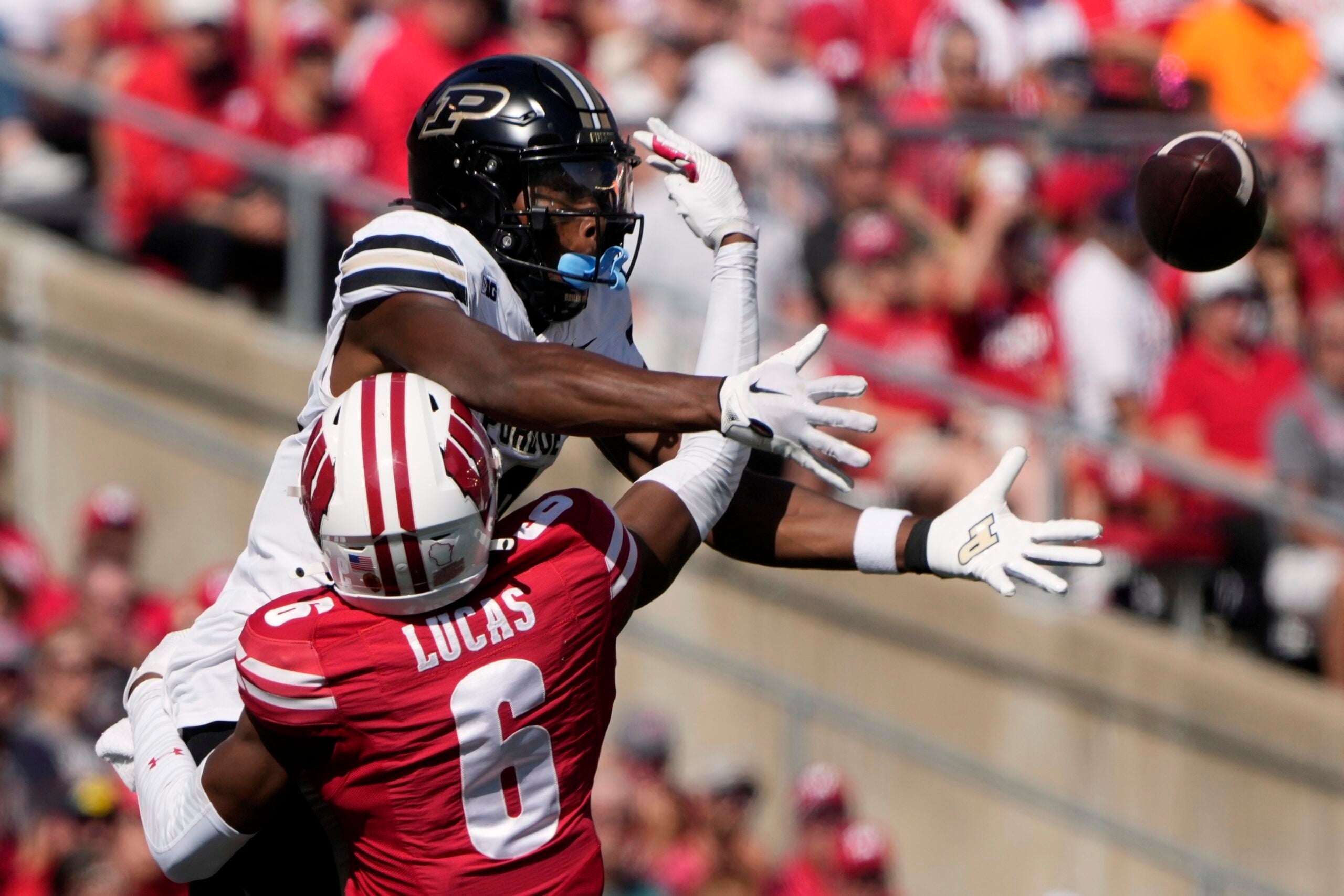The Wisconsin Badgers football team play the Maryland Terapins Saturday in their inaugural game as Big Ten Conference opponents.
Maryland and Rutgers, two east-coast schools, joined the historically Midwestern league this season. It’s part of a larger trend in college sports in which schools have switched from one conference to another ever since Nebraska joined the Big Ten in 2011.
Ben Strauss, a contributing writer for the New York Times who has written about the bigger Big Ten, recently talked with Wisconsin Public Radio’s Terry Bell on the conference that now contains 14 teams.
News with a little more humanity
WPR’s “Wisconsin Today” newsletter keeps you connected to the state you love without feeling overwhelmed. No paywall. No agenda. No corporate filter.
Terry Bell: It’s understandable what schools like Maryland have at stake in wanting to join a conference like the Big Ten — bigger payouts, presumably. But what about schools like the University of Wisconsin, which seem to be doing very well?
Ben Strauss: Traditional Big Ten country has been losing population for a couple of decades. Look at the Rust Belt, places like Detroit. For a long time, the state of Michigan had a much greater population than the state of Georgia. And now, they’re about even. And NFL players are coming increasingly, in larger and larger numbers, from the southern and western part of the country.
So, when you look around and you ask why is the (South East Conference) better than the Big Ten, and why is Big Ten football struggling the way it is, you can really point to population as a big reason why. And even the best recruits are leaving the Midwest and going to the SEC, because it’s so well accepted that that’s where the best football is played.
And so, when you go and you get Rutgers and you get Maryland, you increase your population base talent-wise, but you are also set up for a (better) television contract when you get the markets of New York City and Washington, D.C.
TB: Where do schools like the University of Wisconsin fit into this new landscape?
BS: Wisconsin is one of the big boys. In 2013, only (the University of) Texas had more revenue than Wisconsin’s athletic department, which brought in nearly $150 million, according to a USA Today database. And part of that is a big boost in donations that year. Wisconsin’s no slouch compared to Michigan or Ohio State, or anyone in the SEC, for that matter.
TB: Is this because of realignment? Could Wisconsin stand to gain or lose because of the new shifting landscape?
BS: I guess they’re pretty well entrenched in the Big Ten. I guess their student athletes will travel longer distances on planes, because they’ll have to go to New Jersey and Maryland. But (with) the television contract, they stand to make more money.
TB: What do you see in the future? Are we going to see conferences changing every year, and schools jumping conferences year to year? Or do you think we’ll ever reach a point where everybody decides this is where we’re going to stay for the long run?
BS: I think everybody around college sports is wondering the same thing. What the future holds is pretty unclear. I mean, you just look right now, given the O’Bannon decision (which) came this summer, and…
TB: That’s a good point. The Big Ten is going to need more money, if football players in the future are going to get paid.
BS: Well, a lot of them have significant streams of revenue. So, whether it’s more money or different budgeting, I think that’s a question also.
Wisconsin Public Radio, © Copyright 2025, Board of Regents of the University of Wisconsin System and Wisconsin Educational Communications Board.







